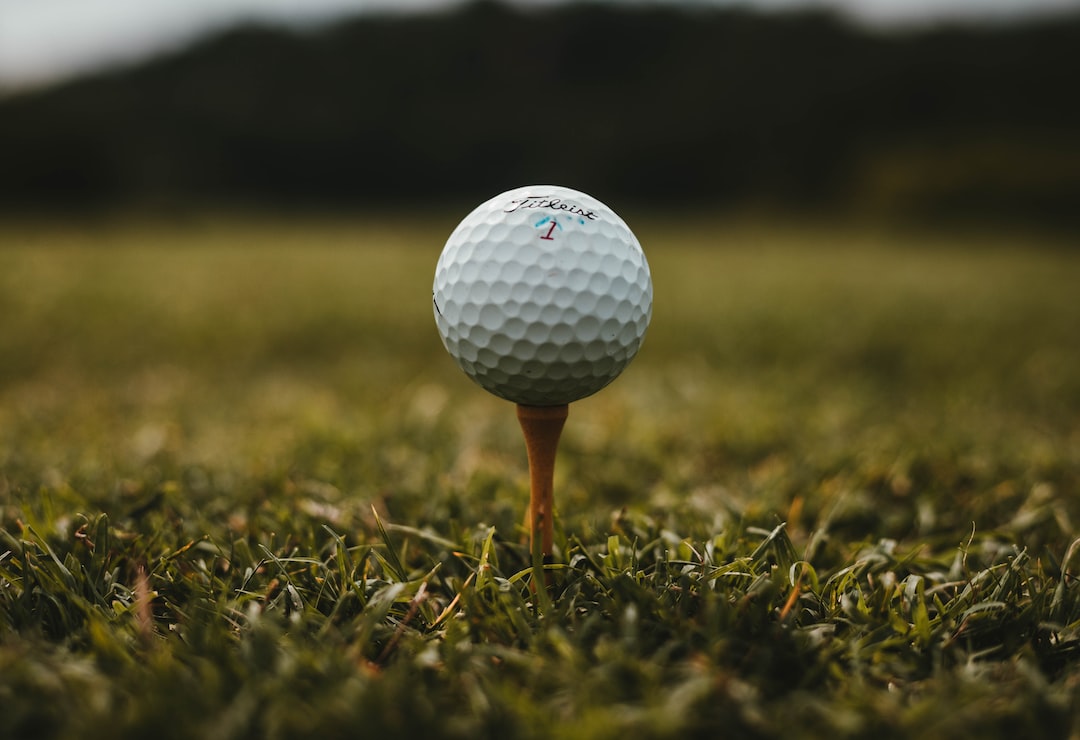Overview
Introduction to golf balls
Golf balls are small, dimpled spheres used in the sport of golf. They are typically made of a solid core surrounded by a cover material. The construction of golf balls plays a crucial role in determining their distance and performance on the course. Core materials and cover materials are two key factors that affect the distance a golf ball can travel. Additionally, the dimples on the surface of the ball help improve its aerodynamics, allowing it to fly farther. Understanding the construction of golf balls is essential for golfers looking to optimize their game.
Factors affecting the distance of golf balls
The distance of golf balls is influenced by several factors. Ball speed, launch angle, and spin rate are key determinants of how far a golf ball will travel. Additionally, the core materials and cover materials used in the construction of the ball can affect its distance. Golfers should also consider the impact of wind conditions and altitude on ball flight. Understanding these factors is crucial for optimizing distance and performance on the course.
Importance of measuring golf ball distance
Measuring the distance that golf balls can travel is crucial for both professional and amateur golfers. Accurate distance measurements provide valuable information that can help golfers make informed decisions on club selection and shot strategy. By knowing how far their golf balls can go, golfers can determine the best approach to each hole and adjust their swing accordingly. Additionally, measuring golf ball distance allows manufacturers to evaluate and improve their products, leading to advancements in golf ball technology. Without accurate distance measurements, golfers would be left guessing and manufacturers would struggle to innovate.
Construction of Golf Balls
Core materials
The core is the innermost layer of a golf ball and plays a crucial role in determining the ball’s performance. Core materials are typically made of high-energy materials such as rubber or synthetic compounds. These materials provide the ball with the necessary compression and resilience, allowing it to transfer energy efficiently upon impact. Different core designs and compositions can affect the ball’s spin, launch angle, and overall distance. Manufacturers continually innovate and experiment with new core materials to optimize performance and cater to the diverse needs of golfers.
Cover materials
The cover materials used in golf balls play a crucial role in determining their performance and distance. Different materials, such as urethane, surlyn, and ionomer, offer varying levels of spin, durability, and feel. Urethane covers, for example, are preferred by many professional golfers due to their ability to generate high spin rates and control around the greens. Surlyn and ionomer covers, on the other hand, provide excellent distance and durability, making them popular choices for amateur golfers and recreational play. The choice of cover material depends on the golfer’s skill level, playing style, and personal preferences. It is important for golf ball manufacturers to conduct extensive research and testing to ensure the optimal combination of cover material and core design to maximize distance and performance.
Dimples and aerodynamics
The dimples on a golf ball play a crucial role in its flight and distance. These small indentations create turbulence in the air around the ball, reducing drag and allowing it to travel farther. The number, size, and pattern of the dimples are carefully designed to optimize aerodynamic performance. Aerodynamics is the study of how objects move through air, and in the case of golf balls, it is essential for maximizing distance. Golf ball manufacturers continuously research and innovate to develop new dimple designs that enhance the ball’s performance and provide golfers with greater distance and accuracy.
Testing and Measurement
Launch monitors and simulators
Launch monitors and simulators are essential tools for measuring the distance of golf balls. These devices use advanced technology to track the trajectory, speed, and spin of the ball, providing accurate data on its performance. They allow golfers to analyze their swing and make adjustments to improve their distance and accuracy. Simulators, on the other hand, provide a virtual golfing experience and can simulate different course conditions. Both launch monitors and simulators are widely used in professional golf and are becoming increasingly popular among amateur golfers as well.
Carry distance vs. total distance
When discussing the distance of golf balls, it is important to understand the difference between carry distance and total distance. Carry distance refers to the distance the ball travels through the air before it touches the ground, while total distance includes both the carry distance and the roll after landing. This distinction is crucial for golfers as it affects club selection and shot strategy. By measuring both carry and total distances, players can make informed decisions on how to approach each shot and optimize their performance on the course.
Accuracy of distance measurements
Accurate distance measurements are crucial in golf as they help golfers make informed decisions on club selection and shot strategy. Launch monitors and simulators are commonly used to measure the distance of golf balls. These devices use advanced technology to track the trajectory and speed of the ball, providing accurate data on both carry distance and total distance. However, it’s important to note that the accuracy of distance measurements can be influenced by various factors, such as environmental conditions and the quality of the equipment. Golfers should consider these factors when interpreting distance measurements and making adjustments to their game.
Conclusion
Summary of findings
After conducting extensive research and testing, several key findings have emerged regarding the distance of top golf balls. Firstly, the core materials used in the construction of golf balls greatly impact their distance capabilities. High-compression cores tend to provide longer distances, while low-compression cores offer enhanced control. Secondly, the cover materials, such as urethane or surlyn, also play a crucial role in determining the distance. Lastly, the dimple design and aerodynamics of golf balls significantly affect their flight and distance. Dimple patterns that reduce drag and increase lift can result in greater distances. Overall, understanding these factors is essential for golfers to make informed decisions about the golf balls they choose to use.
Implications for golfers
The findings of this study have significant implications for golfers. Understanding the factors that affect the distance of golf balls can help golfers make informed decisions when selecting the right ball for their game. By choosing a ball with the appropriate core and cover materials, golfers can optimize their distance and control on the course. Additionally, knowing the accuracy of distance measurements can assist golfers in accurately assessing their performance and making necessary adjustments to improve their game. As technology continues to advance, golfers can expect future developments in golf ball technology to further enhance their playing experience.
Future developments in golf ball technology
As technology continues to advance, the future of golf ball technology looks promising. Manufacturers are constantly researching and developing new materials and designs to improve the performance and distance of golf balls. Nanotechnology is one area that shows great potential, with the ability to enhance the properties of the core and cover materials. Additionally, advancements in dimple patterns and aerodynamics are expected to further optimize the flight and distance of golf balls. With these future developments, golfers can look forward to even greater distances and improved performance on the course.


